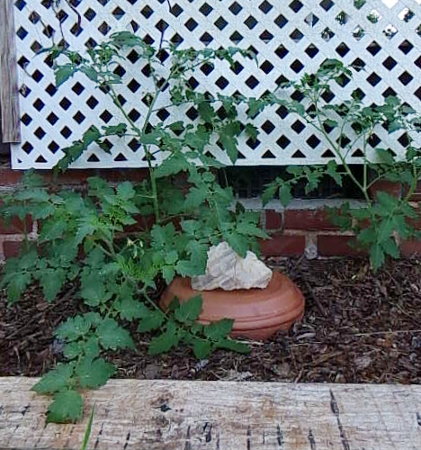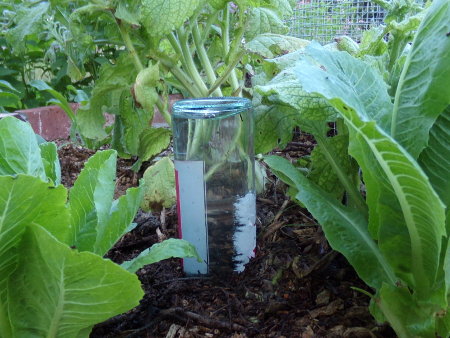

 1
1





 2
2




Some places need to be wild
 3
3




. . . bathes in wood chips . . .








 3
3














 1
1




Some places need to be wild








 1
1




 2
2




 2
2




Eric Thompson wrote:Haha! The Pacific Northwest had a very wet June and here we are in July with no forecast to go over 70 degrees for at least a week!
'Theoretically this level of creeping Orwellian dynamics should ramp up our awareness, but what happens instead is that each alert becomes less and less effective because we're incredibly stupid.' - Jerry Holkins
 1
1




I make a Maple Syrup instructional movie! Check it out HERE
SKIP books, get 'em while they're hot!!! Skills to Inherit Property
See me in a movie building a massive wood staircase:Low Tech Lab Movie










 1
1




Some places need to be wild
 3
3




Come join me at www.peacockorchard.com
 3
3




A human being should be able to change a diaper, plan an invasion, butcher a hog, conn a ship, design a building, write a sonnet, balance accounts, build a wall, set a bone, comfort the dying, take orders, give orders, cooperate, act alone, solve equations, analyze a new problem, pitch manure, program a computer, cook a tasty meal, fight efficiently, die gallantly. Specialization is for insects.
-Robert A. Heinlein
 2
2




 3
3












 1
1




 2
2




A human being should be able to change a diaper, plan an invasion, butcher a hog, conn a ship, design a building, write a sonnet, balance accounts, build a wall, set a bone, comfort the dying, take orders, give orders, cooperate, act alone, solve equations, analyze a new problem, pitch manure, program a computer, cook a tasty meal, fight efficiently, die gallantly. Specialization is for insects.
-Robert A. Heinlein








 1
1




 1
1




_______________
Land Steward


 2
2




A human being should be able to change a diaper, plan an invasion, butcher a hog, conn a ship, design a building, write a sonnet, balance accounts, build a wall, set a bone, comfort the dying, take orders, give orders, cooperate, act alone, solve equations, analyze a new problem, pitch manure, program a computer, cook a tasty meal, fight efficiently, die gallantly. Specialization is for insects.
-Robert A. Heinlein
 2
2







Blog: 5 Acres & A Dream
Books: Kikobian Books | Permies Digital Market
 1
1






 1
1








Flora Eerschay wrote:Leigh, how do these glass bottles work?
(my mother used to roundup weeds when I didn't see; I think she stopped a year ago, although I did secretly empty a bottle of roundup and replaced it with water).
Blog: 5 Acres & A Dream
Books: Kikobian Books | Permies Digital Market








 1
1





|
Thank you my well lotioned goddess! Here, have my favorite tiny ad!
Homestead Pigs Course
https://permies.com/wiki/365748/Homestead-Pigs
|





